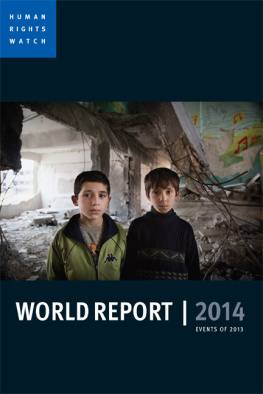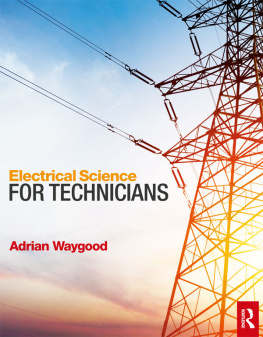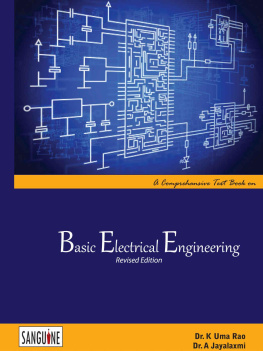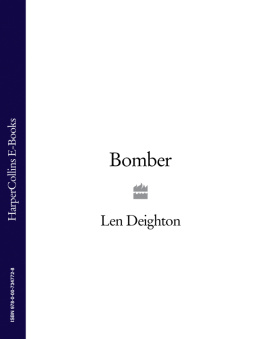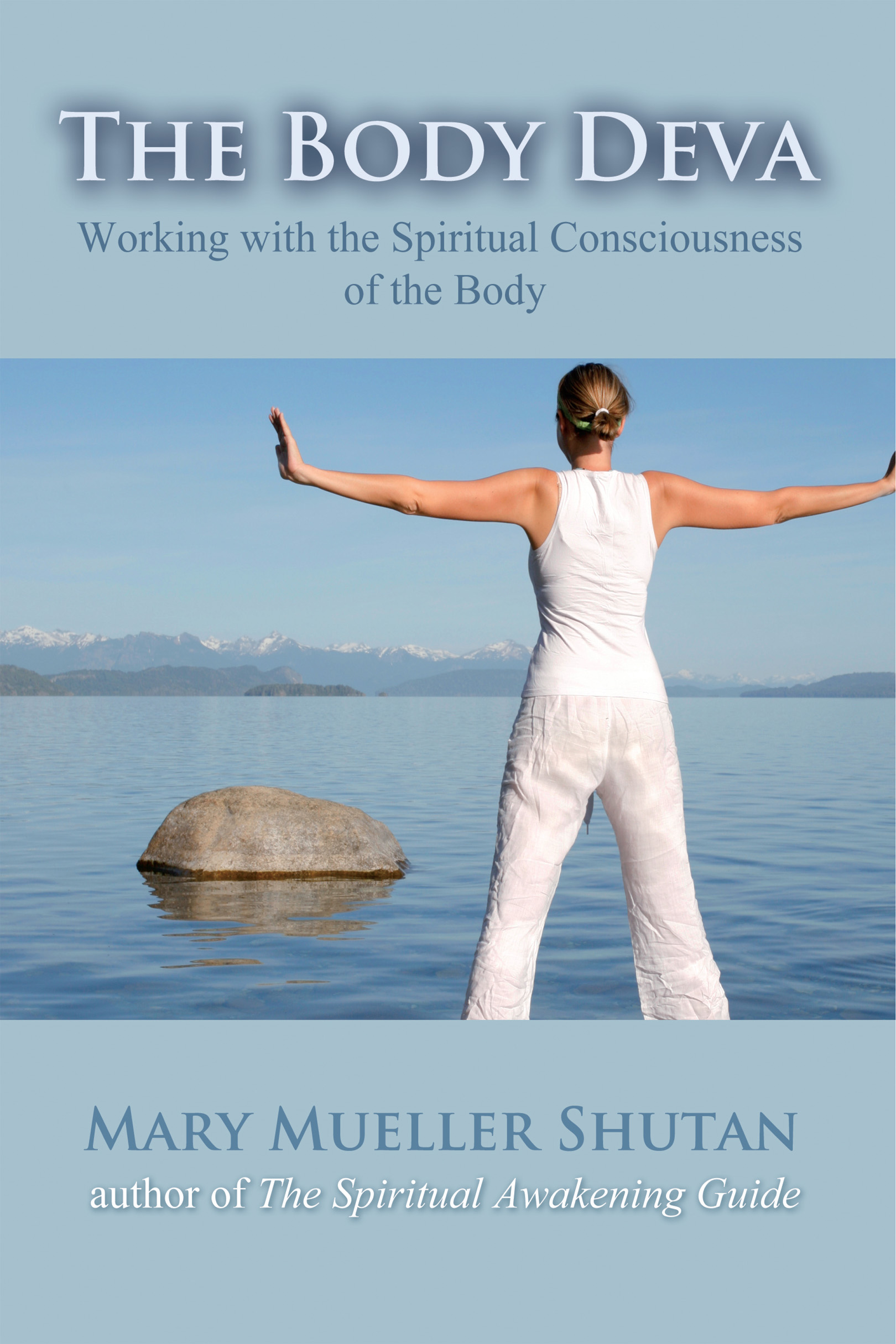

THE BODY DEVA
The Body Deva is simply a great book. Through a series of simple-to-do visualizations, Shutan leads the reader on a powerful and effective journey toward self-understanding, self-healing, and self-liberation. Her writing is filled with deep wisdom and insights, which make the journey she invites us to take a trustworthy and safe one. Highly recommended.
ROBERT HENDERSON, author of Emotion and Healing in the Energy Body
Mary is a gifted and compassionate teacher, and this book is ideal for anybody ready to move beyond the mentality of the quick fix. The exercises may appear surprisingly simple on the page, but working through them with patience and focus reveals their potency and their depth. The Body Deva is of great value as a workbook for self-healing, as a compendium of healing techniques, and as a guide toward an expanded view of the self.
JONATHAN HOWARD KATZ, composer and pianist
Mary Mueller Shutan provides a body-aware and trauma-informed approach to ancestral and cultural healing in The Body Deva. Her work brings humility and respect for diverse kinds of life experience in a way that is much needed in contemporary spiritual circles.
DANIEL FOOR, PH.D., author of Ancestral Medicine
The Body Deva is a beautiful introduction for creating a compassionate relationship with your body and understanding the incredible capacity for health and well-being that exists within each of us. Mary is truly gifted at providing vocabulary and understanding of how to access your own inner body deva and live a more balanced, connected life.
JEANNE GORHAM, craniosacral therapist
All of Mary Shutans work is brilliant. Her fourth book, The Body Deva, may very well be her best thus far. This book allows the reader to connect with their own bodys wisdom in a grounded way that is an important step to greater self-connection and spiritual growth. There is a lot of material available that takes a persons spiritual journey outside of themselves; The Body Deva brings you back into yourself.
ALEXIS EDWARDS, doctor of Oriental medicine and intuitive healer
Introduction
M uch of medicine, whether allopathic or holistic, understands disease. We are labeled and understood as a disease. We are Cancer, or Chronic Fatigue, or Depression. We are understood only by what is pathological, what has gone wrong within us. Our treatment and care is based on the named diseases and imbalances we carry, not who we are as individuals. Our treatment and care is focused on sickness, not on health.
When we receive care, we tend to only receive treatment for part of the picture. We are not a whole bodywe are a large intestine, or a gallbladder, an emotion, or an ankle or leg. Or we are a constellation of symptoms that has been labeled: Crohns, PTSD, Lupus. We are then further segmented based on the perceived mind-body split. Our physical complaints, those that can be seen and labeled and tested (and will show up on a test definitively), are treated by our physicians while therapists and counselors treat our emotions or mind.
If we have dipped our toes into holistic therapies, we may have received care that assists with mind and body, or care that understands that our minds and emotions and body can help or hurt one another. While this may be still a bit of a leap for some (and old hat for others), if you were to ask anyone with depression if they experience physical symptoms due to their depression, the answer would be a resounding yes. Similarly, if you were to ask anyone with cancer if they were experiencing difficult emotions or had an expanded spiritual perspective as a result of the experience, the answer would also be a resounding yes.
There is no doubt as to the capacity of allopathic medicine to assist with emergency type care, or its ability to offer pharmaceuticals to those who need them to ensure proper balance and functioning of their systems. As allopathic medicine still has not fully embraced the understanding that mind and body do indeed interact (even decades after the term psychoneuroim-munology was introduced), we are likely many years away from any type of framework in mainstream medicine that would allow for anything other than a purely mechanistic approach to healing. While this type of care is important, it is just scratching the surface of our healing potential.
Methods of individually understanding our history are best represented by healing methods such as Traditional Chinese Medicine (TCM) and Ayurveda, both of which understand that five people may walk into an office with stomach pain in the exact same location for five very different reasons; those five people need to be treated according to their history, their patterns, and their unique mind, body, and spirit. Those five people with the same exact stomach pain may receive five different treatments, as the reasoning behind their pain would be different.
Our emotions and thoughts and body and spirit all create our relative illness or health. Who we are is not just a body and then a mind. We are a whole. Not only that, we are not only a mind and emotions and a bodywe are also energy and spirit. Most forms of care, even holistic forms of treatment, miss out on the fact that we are indeed energy, matter, spirit, mind, and emotions. It is only by understanding all aspects of things, as well as our own unique history, that we really have all the pieces of the puzzle for what may be out of balance within us. It is through understanding all aspects of what make up our imbalances that we can begin to truly and deeply heal.
We are not a disease or an imbalance, or even a pain. We are not segmented into parts or purely mechanistic creatureswe are a whole person. We should not be treated this way, and we do not heal this way. When we are treated this way we look for symptoms, we look to suppress anything that is uncomfortable. By looking within, by looking for our own unique constellation of reasons why a disease, imbalance, or pain emerged for us, we can treat the root. We can heal the root. We can truly understand who we are and the workings behind why a disease or other pattern has emerged for us. We can align ourselves with our innate wholeness and health, instead of our sickness or imbalances.
Healing versus Curing
Our bodies first start talking to us in whispers. Pain is a scream. If we begin to listen to our body, we can realize when it is whispering rather than wait for it to scream. If our body is screaming, we can begin to understand why and soothe it. We hold the inherent consciousness, the knowledge, and the capacity of healing ourselves within. Many of us simply do not have the tools to access this resource, known in this book as the body deva.
There is a difference between healing and curing. Healing is something that will arise from utilizing the tools within this book, but healing is different from being cured.
So what is the difference?
The difference is that healing permits us to release the energies, emotions, and experiences around an imbalance, disease, or pain. Healing can lead to a full understanding of why an imbalance came into your life, what function it serves, and all of the different parts that caused it to arise: the emotions, experiences, beliefs, as well as the physical and genetic causative factors.
While this may allow symptoms to leave, or even for something to be cured, it doesnt every time. What this means is that if someone has terminal cancer they may still physically die, even if they are healed. We have a lot of cultural fears around death, and I use this example to share that we may heal in ways that will cure whatever imbalances we carry. But we also may find healing, as in understanding of why experiences have arisen for us; this allows us to have acceptance and let go of emotions and beliefs that we carry about the situation, and to face whatever obstacles life throws at us in a peaceful and prepared manner.
Next page

